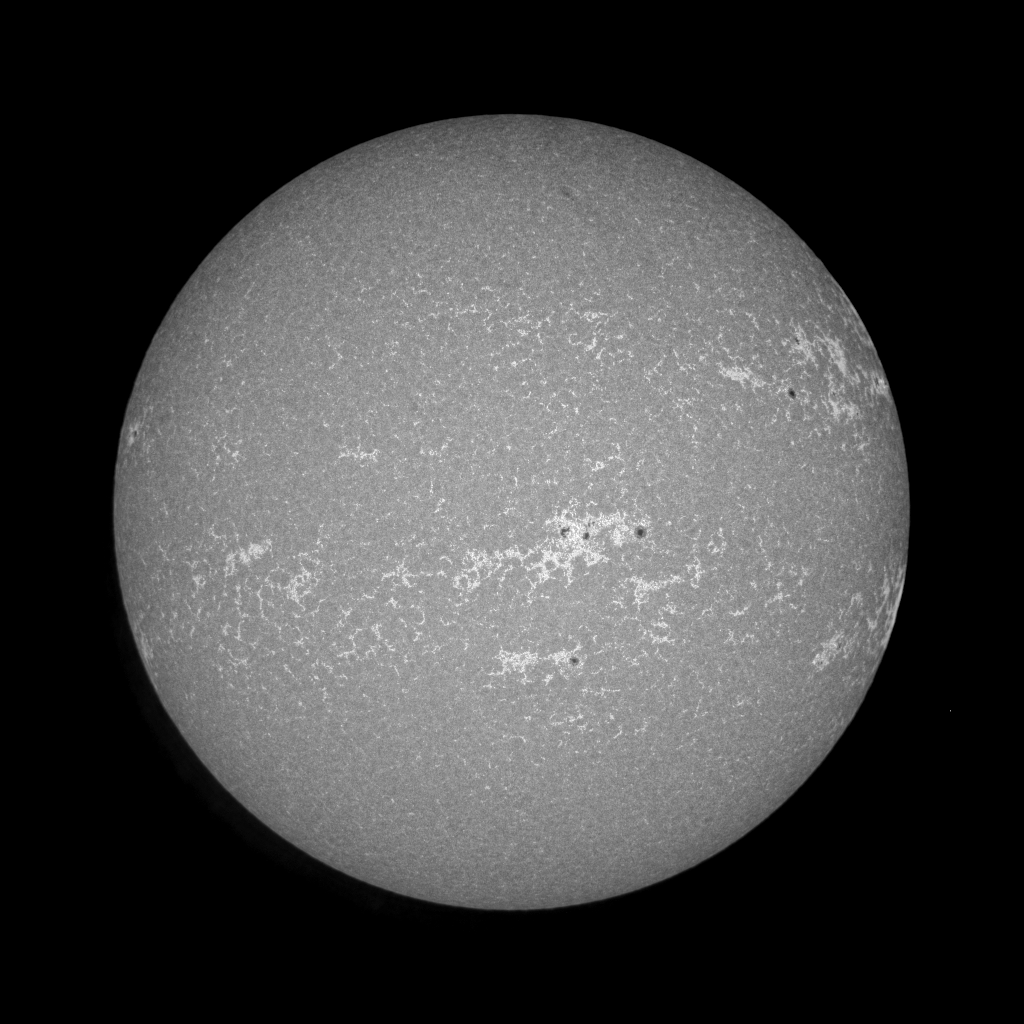
Tricked by the Cloud God again into seeing it clear at home. A rotten night at the observatory, full of very dense haze/thin cloud, but you have to go out when there's a sign of it being clear. Well, I do.
This is a brightish Open Cluster that I've not photographed before and in such bad skies nebulae aren't really on, so clusters it had to be.
Taken with a WO98FLT and M25C camera on the 900GTO mount. Guiding was poor but not really needed at 120sec frames, 13 of them. Actually 20 were taken, but many were just too hazed to use.
The bright blue star lower right is Ruchbar in the W of Cass and the little cluster at the top edge is Trumpler 1. On the left there's what seems to be an empty patch, though stars can be seen there, a dark nebula? There's another on the right too.
Acquired in AstroArt and stacked and coloured there, final processing in Photoshop, without any sharpening. Uncropped except for stacking edges.
















































